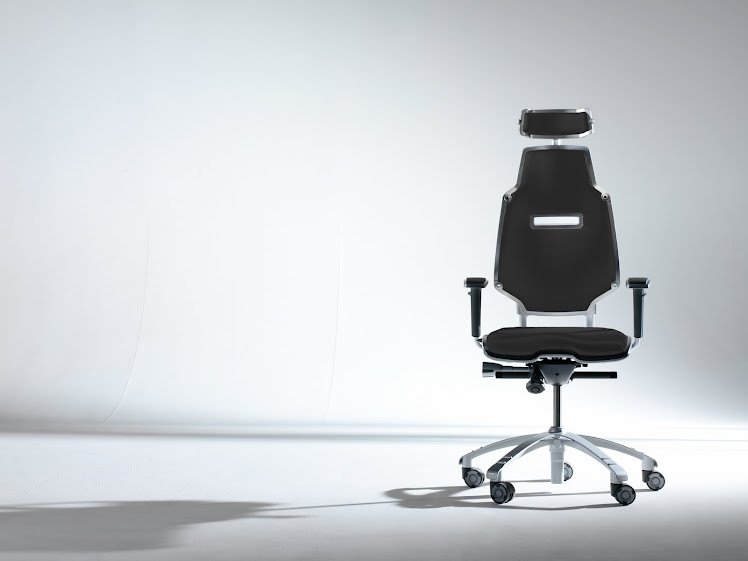More than 100 different injuries can result from repetitive motions. The combination of repetitive motions, which cause friction that wear down tissues, and sustained postures that keep the blood supply away from the working tissues, produces damage that builds up until it causes diseases such as carpal tunnel syndrome and tendonitis. The Bureau of Labor Statistics says that cumulative trauma disorder, another name for repetitive strain disorder, is the fastest growing occupational disease, rising from 18 percent in 1981 to 61 percent in 1991.
These kinds of disorders often affect dental professionals, because much of their work involves sustained postures and repetitive motions. In 1990, it was estimated that the annual loss of income to dental practitioners due to cumulative trauma disorder-related pain was more than $41 million.
Repetitive stress disorders have become such a widespread problem that the Healthy People 2010 Objectives for the Nation has as one of its objectives to "reduce the rate of injury and illness cases involving days away from work due to overexertion or repetitive motion." This is a statement of national health objectives designed to identify the most significant preventable threats to health and to establish national goals to reduce these threats during this decade. The Healthy People 2010 Objectives for the Nation, which was developed through a broad consultation process within the Department of Health and Human Services, is built on the best scientific knowledge and designed to measure programs over time. Its target is a 50 percent improvement, which will be achieved when the rate of injuries due to overexertion or repetitive motion is reduced from 675 to 338 per 100,000 full-time workers. The full Healthy People 2010 report can be found on the Internet at www.healthypeople.gov.
Source:
Woman Dentist Journal

No comments:
Post a Comment